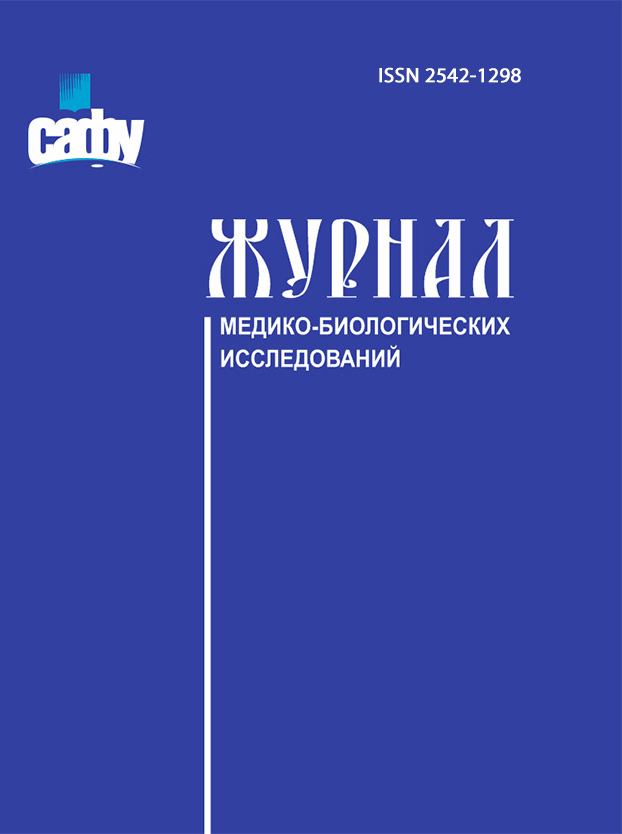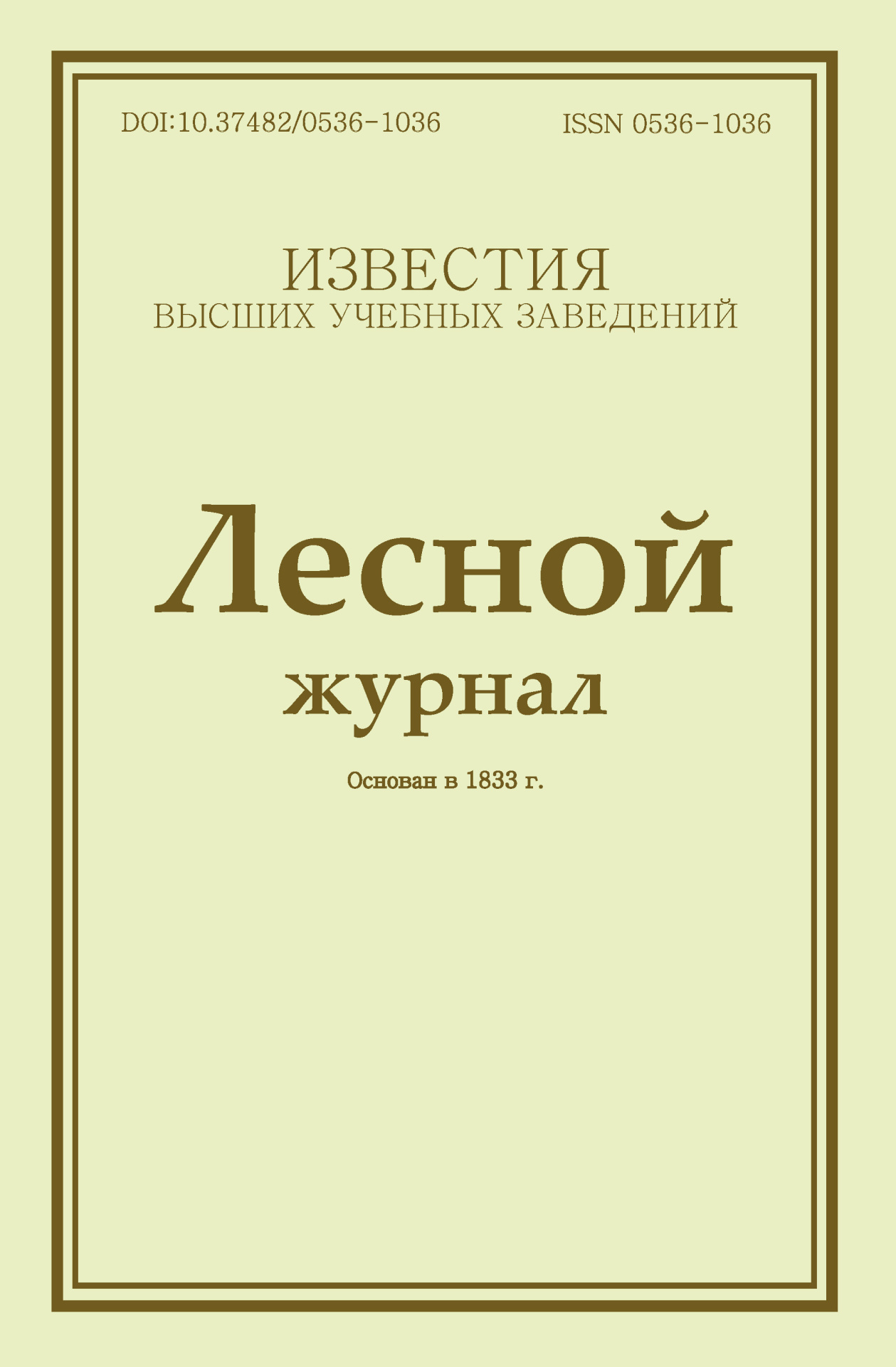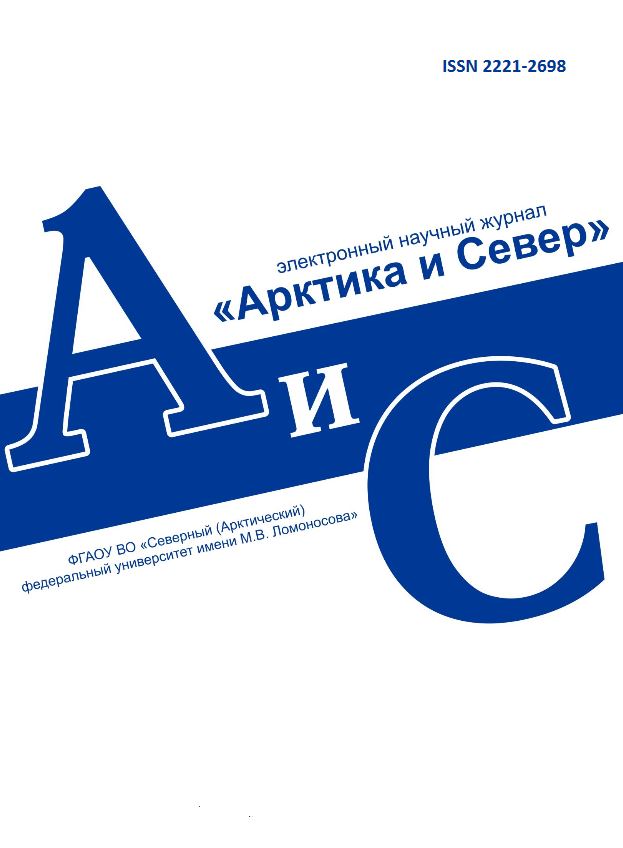
Vestnik of Northern (Arctic) Federal University.
Series "Humanitarian and Social Sciences"
ISSN 2227-6564 e-ISSN 2687-1505 DOI:10.37482/2687-1505
Legal and postal addresses of the founder and publisher: Northern (Arctic) Federal University named after M.V. Lomonosov, Naberezhnaya Severnoy Dviny, 17, Arkhangelsk, 163002, Russian Federation Editorial office address: Vestnik of Northern (Arctic) Federal University. Series "Humanitarian and Social Sciences", 56 ul. Uritskogo, Arkhangelsk
Phone: (8182) 21-61-20, ext. 18-20 ABOUT JOURNAL |
Section: Philosophy, Sociology, Politology Download (pdf, 3.8MB )UDC111.7:291.1AuthorsEvgeniy I. ArininVladimir State University; ul. Gor’kogo 87, Vladimir, 600000, Russian Federation; e-mail: eiarinin@mail.ru Anna V. Mil’kova Northern (Arctic) Federal University named after M.V. Lomonosov; ul. Smol’nyy Buyan 1, Arkhangelsk, 163002, Russian Federation; e-mail: a.milkova@narfu.ru AbstractThe phenomenon of Old Believers has recently been widely studied by historians, philologists, ethnographers, sociologists, philosophers, economists, and numerous other scholars. The article considers this phenomenon in the context of religious interpretation of the conceptual apparatus of the autopoietic systems theory by Niklas Luhmann, one of the greatest social philosophers of the 20th century. The phenomenon of Old Believers presents great interest to various lines of religious studies due to its vivid autopoietic nature, as it involves relatively closed autonomous communities united in their desire to preserve the authentic “piety of the fathers’ faith” for more than 350 years, at the same time facing conflicts with the authorities and other religious associations. The Old Believers identified themselves as “adherents of old piety”, whereas the authorities had applied to them numerous labels, from the criminal heretics (1656) to dvoyedany (literally, “those who have to pay a double tax”) (1716), Old Believers (1763), coreligionists (1800) and church (1917). As a result, this confrontation put a special emphasis on personal religiousness, which is the reason why sometimes the phenomenon of Old Believers can be interpreted as a humanistic movement, free democratic association, and a people’s church in contrast to the official, state, police church and government faith. The modern Old Believers are in the process of reviving their ethnodenominational identity, which to a large extent was lost during the Soviet period, when only national identity based on communist ideology was considered important. Today, the renaissance of their ethnodenominational identity helps revive the Old Believers’ traditional values, which is reflected in the unique culture preserved in their compact settlements. This culture is based on traditionalism, zealous adherence to the canon and relative isolation from the culture of their neighbours.KeywordsOld Believers, religious studies, social philosophy, autopoietic system, Russian Old Orthodox Church, Priestless Old Believers, ethnodenominational identityReferences
|
Make a Submission
INDEXED IN:
|
Продолжая просмотр сайта, я соглашаюсь с использованием файлов cookie владельцем сайта в соответствии с Политикой в отношении файлов cookie, в том числе на передачу данных, указанных в Политике, третьим лицам (статистическим службам сети Интернет).






